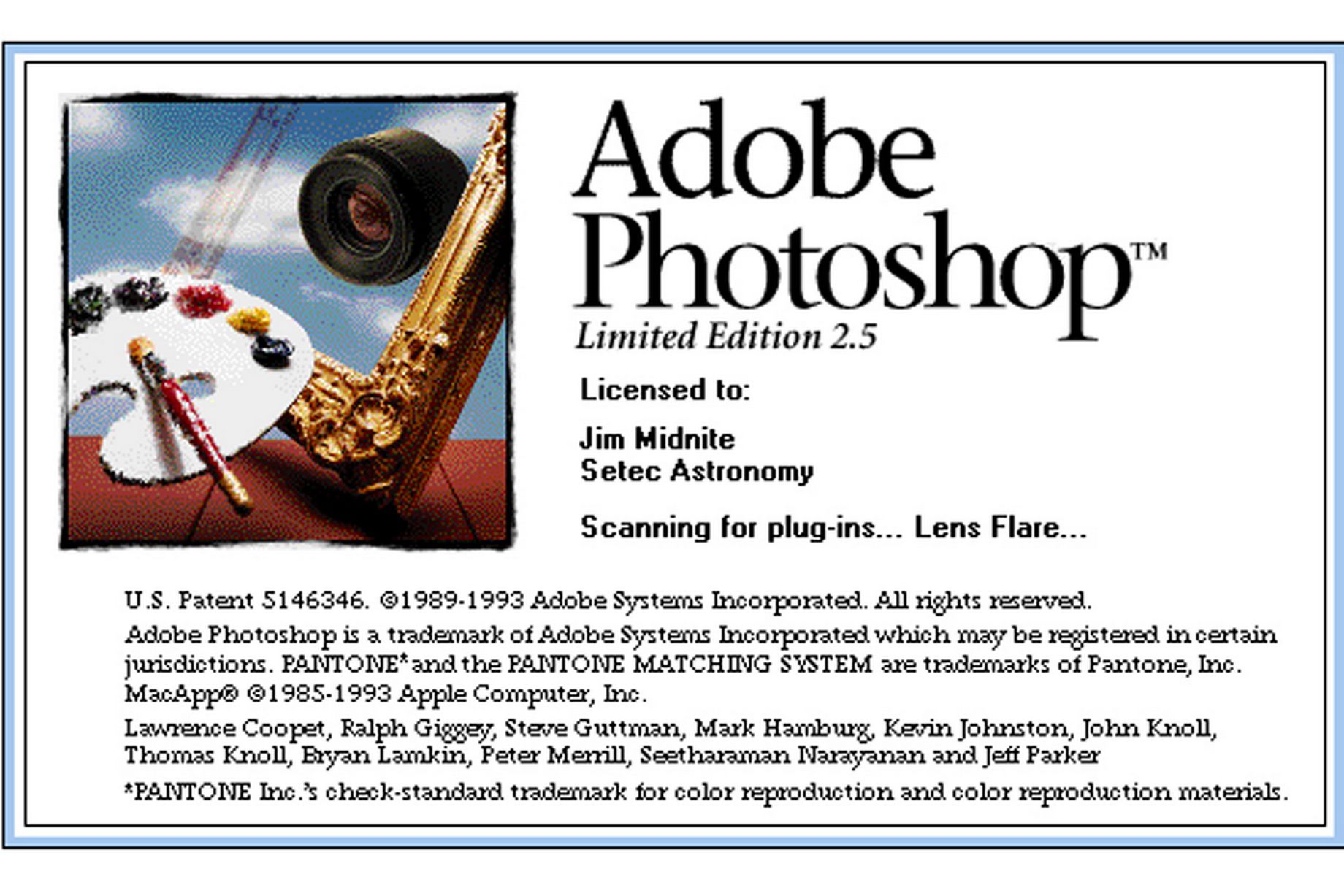It’s been 25 years since I first double-clicked a desktop icon that changed my life. The year was 1992 and I had just opened up Photoshop 2.5. I had no idea what I was doing. Fascinated by computers and making digital art, I didn’t care if I could make something look great. I just clicked on a tool and tried making anything. With each attempt, I increased my abilities and the outcomes became more complex, meaningful, and intentional. Practicing became the foundation for my education, career, and part of my ethos as a Creative Director—here’s the impact it’s had, and how you might be feeling if you’re not practicing.
I took a Bachelor of Design program from the University of Alberta. Over the four year program, I continued practicing my craft. I remember working out of my dorm room, a wall stacked full of empty Pepsi cans, a crappy fluorescent desk lamp, and sitting on a horribly uncomfortable wooden chair. Consumed with design, I worked my way through the curriculum. I plowed through books on design theory, type workshops, foundation classes, class projects, personal projects, and experiments. In 2001, I graduated and was hired as a production designer for a regional publishing company. Finally! All those years and thousands of hours of practice had paid off. Maybe your path was similar.
The time I invested learning new techniques and mastering my tools turned me into someone who could create and deliver value with speed and quality–traits every employer values. As the years progressed, though, my career began to focus more and more on being efficient – hitting deadlines and handling an ever-increasing work volume became the measure of my success. Practice, the means that got me here, slowly faded into the background.
Eventually, I felt that nearly all my time should be focused on billable work. My eagerness and drive to keep growing, learning, and pushing my limits diminished along with the satisfaction generated through the work. I no longer experienced joy in my work—there was an imbalance. Something was terribly wrong with my mindset.
I had put efficiency on a pedestal when I should have put it on a scale.
Efficiency is a solid goal, but it needs to be balanced with learning and exploration. Purely focusing on efficiency will suffocate growth and personal fulfillment. Since this realization, I’ve changed my emphasis from being efficient to being effective. This has let me discover insights about how to balance learning with production and planning with execution. Practice is one of the most critical activities I do. It allows the simultaneous exploration of new ideas, methodologies, tools, and techniques while improving my ability to become effective with them.
Every week, I set aside time to
- learn something new
- make an experiment
- practice a skill
- reflect on the outcomes
- and plan what’s next
I’ve made practice intentional, and it’s been transformative. I’ve re-discovered the joy of learning through practice and I’m as excited now as the first day I opened Photoshop over 25 years ago.
That excitement is what led me to start writing all this down. I know it’s not just me who got pulled into the hamster wheel of efficiency over practice and craft. You might be finding yourself in the description above. If so, I’m telling you: get back to practice. Get back to your craft. It’s helped me immensely.
I’ve been able to rapidly grow my ability as a Creative Director in this way–identifying areas or skills where I want to be more effective, figuring out ways to learn and practice these skills, reflecting on their outcomes, scheduling time for these activities, and making changes. When I read books I find myself transcribing notes and completing practice exercises that test my knowledge of the subject. I’ve become my own teacher—planning and executing my own curriculum.
I’ve gone so far as to create new places and environments to learn and practice. One of my favorites is a small monthly gathering of industry professionals that I started. We share our experiences and insights, talk about tools and techniques, what books we’re reading, plan critiques of music videos, explore personal insights or challenges, refine new tools or techniques, or just grab a beer while discussing how everything we are doing is impacting the work our teams produce—we practice and have fun doing it.
Practice must be a safe place to make mistakes and grow without pressure to deliver–becoming more fun in the process. But, practicing also needs goals and tangible outcomes if it is going to be effective.
Having a solid direction and a plan will take you further and simplify the confusion about what you practice and when you schedule it. For me, this process has been a way for to reduce stress, stay inspired, helped refine concepts and techniques, test beliefs and theories, evaluate outcomes, and to create new value I can share with others.
Practice is just one piece of the professional development initiatives I facilitate. At gskinner, our clients like Microsoft and Adobe indirectly require it of us because they expect us to be relevant and our skills cutting-edge. Other initiatives include team and individual growth planning, internal project creation, design sprints, developing training materials and curriculum, sourcing education resources, peer mentorship, identification of new technologies and emerging design trends to name a few. All of these initiatives work together to keep our team inspired, passionate, relevant, and at the top of their game.
There are myriad forces pulling my time, energy, and effort away from practicing–you might find yourself in the same situation. Some of the biggest obstacles are the demands of paid work, the difficulty in measuring the ROI of professional development, family, social commitments, and the struggle to stay relevant over a 40+ year career.
Despite those challenges, though, I continually try and remind myself why practice is so crucial to my work and the work of the entire team at gskinner–what it does for my motivation, skills, and teamwork, plus the benefits it brings to our clients. As a result, I’ve pledged to practice with greater intent and structure. To ensure my team has the time, tools, and support they need to keep growing. I will become an advocate for practice and encourage and inspire others to continue learning and evolving—by practicing my craft to remain relevant in an ever-evolving world. Maybe you should try the same!



